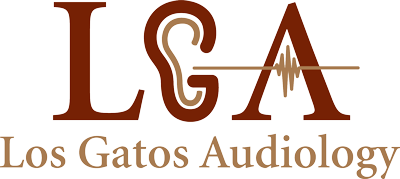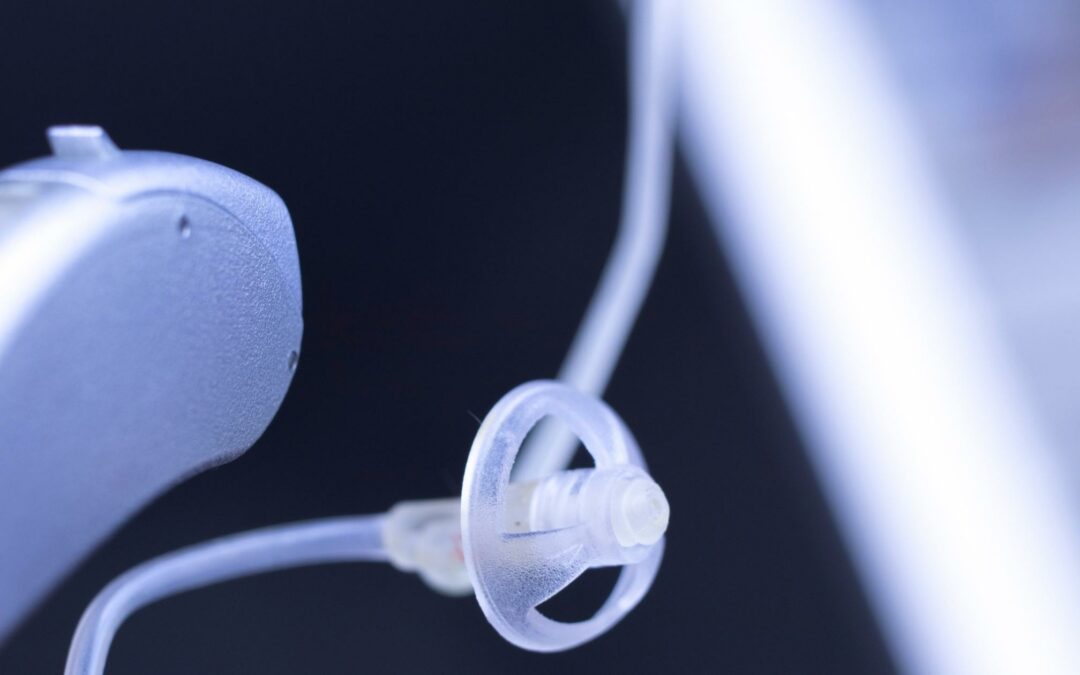Hearing aids are incredibly savvy pieces of technology that provide ample hearing support. These electronic devices are the most common way that hearing loss is treated, a medical condition that impacts over 48 million people. Like most electronic devices today, hearing aids have experienced significant innovation over recent years. Advancements in hearing technologies have produced highly sophisticated devices that seamlessly integrate into daily life. Digital hearing aids are replacing analog devices, offering an array of features that deliver enhanced sound quality and connectivity.
Understanding How Hearing Aids Work
To better understand the innovation of digital hearing aids, it is helpful to know more about how these devices work. Hearing aids come in various styles and offer a range of features but all devices consist of the same basic components which allows it to operate. These components are:
- Microphone: absorbs soundwaves from the environment then converts them into electrical signals.
- Amplifier: amplifies the signals received from the microphone and sends these signals to the receiver.
- Receiver: also known as the speaker, sends signals to the inner ear where they are further processed before sent to the brain.
The fourth component of all hearing aids is the battery source. Hearing aids are operated by disposable or rechargeable batteries. Hearing aids differ in their design, or style, and the technology used to achieve amplification. Hearing aids use either analog or digital technology
Analog vs. Digital Hearing Aids
Hearing aids process soundwaves that are absorbed from the environment using analog or digital technology. Analog hearing aids were the standard in the hearing aid industry but with ongoing advancements, digital technology is increasingly becoming what is used to produce the latest hearing aids. Difference between analog and digital hearing aids include:
- Analog: hearing aids started with analog technology which absorbs soundwaves and converts them into electrical signals. These signals, all signals that are absorbed, are then amplified. This means that all soundwaves are amplified in the same way, even the sound that you don’t necessarily want to focus on. While volume can be adjusted and settings programmed, navigating sound in different types of environments can be somewhat challenging. This includes environments with background noise, social settings, during conversations with multiple people etc.
- Digital: digital hearing aid technology works by using digital sound processing to convert soundwaves into digital signals. A digital processing chip analyzes these signals and is able to manipulate them in various ways. Background noise for example can be filtered through and reduced using digital technology. Hearing aids that utilize this technology are more flexible and able to adjust in ways to meet the specific needs of the wearer. This supports hearing needs in all types of environments, creating an enhanced listening experience.
Digital hearing aids are more expensive than analog hearing aids which are becoming less common. They are able to process sound in innovative ways, offer features that support hearing and communicating with greater ease.
Digital Hearing Aid Features
There are a number of exciting features that digital hearing aids offer. Common features today include the following:
- Wireless connectivity: using Bluetooth technology, hearing aids can wirelessly connect to other electronic devices. This includes your smartphone and TV, allowing the device to stream audio directly to it. Increased connectivity delivers sharp sound quality and allows people to do things like talk hands-free on the phone.
- Noise reduction: digital noise reduction features separate background noise from other types of sounds you want to hear like speech. It then reduces this noise which clarifies speech, making it easier to hear. This is especially helpful in spaces that are noisier and during social activities.
- Feedback suppression: identifies and suppresses feedback noises like squeals and whistling when getting near another electronic device for example.
- Tinnitus masking features: tinnitus is one of the most common symptoms of hearing loss. This feature is designed to emit a subtle white noise which masks tinnitus, alleviating its presence and impact it can have on daily life.
- Apps & virtual assistant: many of today’s hearing aids come with a downloadable app for your phone. This allows you to access and easily manage your hearing aid settings. Virtual assistants are another feature which people can access to perform basic tasks.
If you are interested in the latest technologies and features that digital hearing aids offer, contact us today to learn more.


